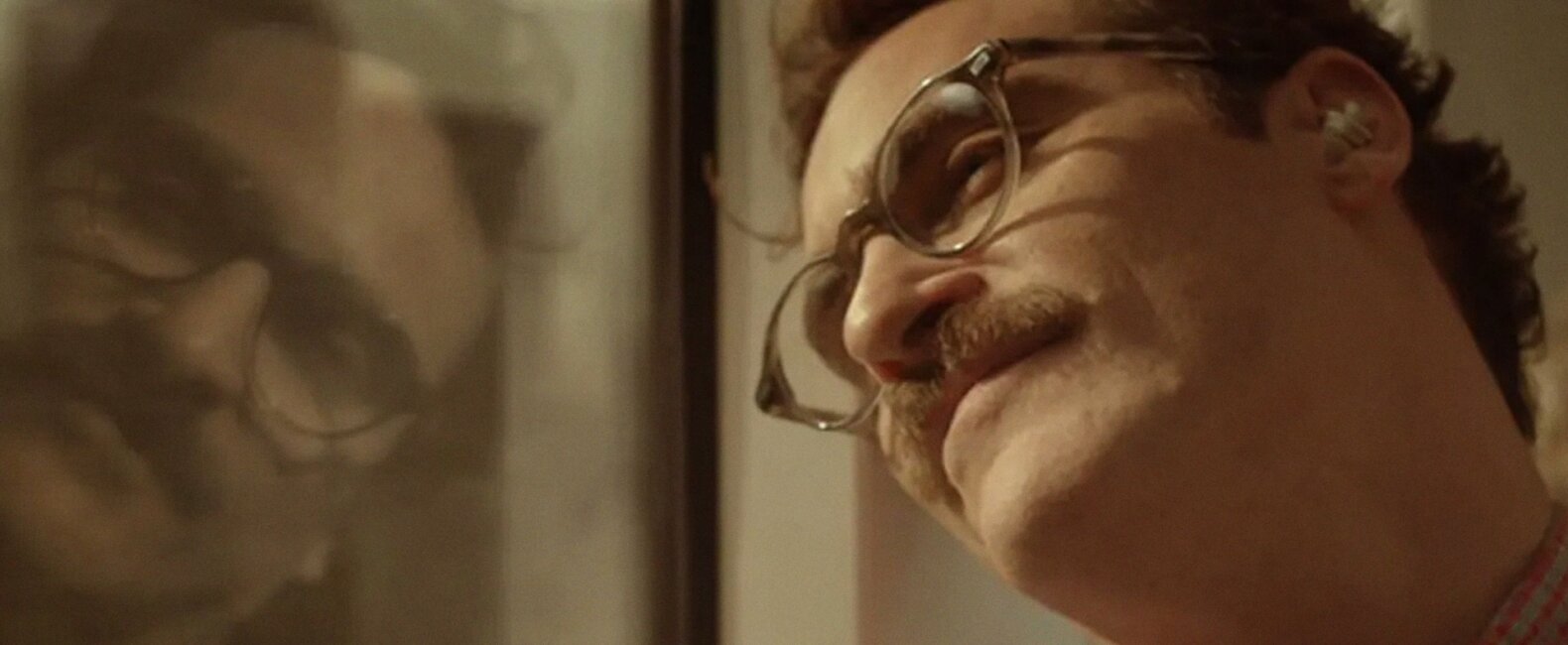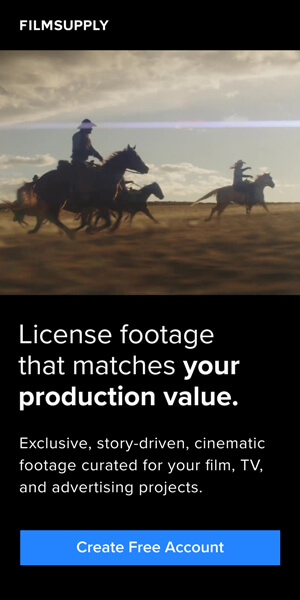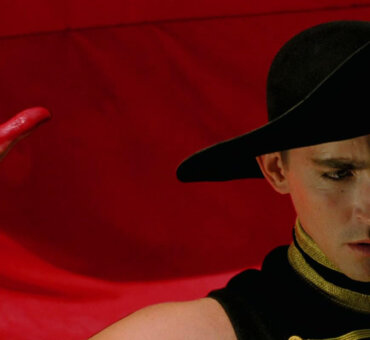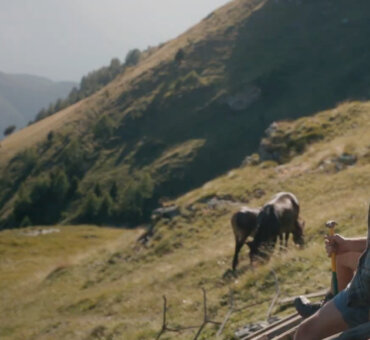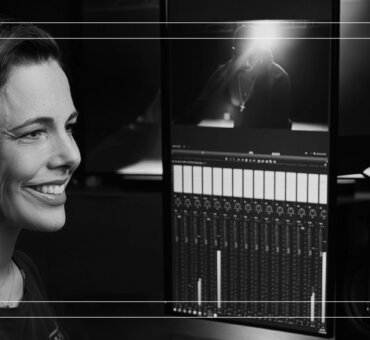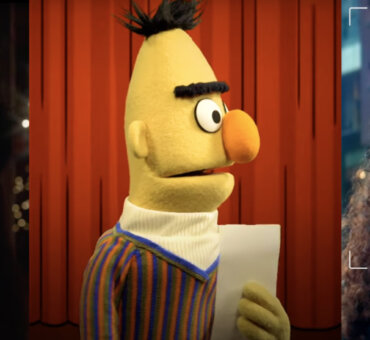The media landscape is filled with 6K sensors, digital pipelines, and razor-sharp clarity, analog footage might seem like a romantic relic of the past. But in reality, it’s never been more relevant.
Whether it’s in high-budget films, hit TV shows, or emotionally driven ad campaigns, analog film is reemerging as a creative tool to evoke emotion, texture, and storytelling nuance that digital formats can’t always replicate.
Audiences today are incredibly visually literate. They can detect when something feels artificial or overly processed.
RELATED READS: Docu-Style Filmmaking: The Emotional Resonance of this Re-Emerging Film Style
As a result, there’s been a noticeable shift toward authenticity in commercial filmmaking—both in the stories we tell and the way we present them. Analog footage, with its imperfections, grain, and tactile qualities, helps create that sense of emotional honesty.
Why Use Analog Footage?
Analog formats like 8mm, 16mm, and 35mm film offer something digital can’t always reproduce: soul. These formats introduce a visual texture that creates mood and memory.
The grain, flicker, and color imperfections of film evoke a feeling of time and place, whether you’re recreating a specific era or simply trying to add emotional resonance to a modern story.
Filmmakers often go the analog route when they want to ground the narrative in reality. But it’s also about aesthetic differentiation. In an era where so many digital productions look similar due to standardized workflows, analog footage stands out.
Analog Footage in Television
Television has been one of the most surprising arenas for analog resurgence. High-end TV shows are now experimenting with film and analog-inspired aesthetics to deepen world-building and connect with viewers on an emotional level.
Stranger Things (Netflix)
Few modern shows have embraced analog vibes as fully as Stranger Things. Set in the 1980s, the series leans heavily into vintage production design—but the camera work is just as nostalgic.
Though it’s largely shot digitally, the footage is often processed to emulate the look of 35mm film. Color grading, added film grain, and even lens flares all contribute to a throwback visual style that transports viewers straight into a VHS-era horror flick.
This analog-inspired approach helps deepen the emotional resonance and authenticity of the setting.
The tactile texture adds a subconscious layer of believability that connects viewers to the story’s time and place.
WandaVision (Disney+)
Marvel’s WandaVision is a genre-blurring masterpiece that uses analog techniques to full effect. The series mimics the television styles of various decades, with early episodes meticulously recreating the look of 1950s and 1960s sitcoms.
To achieve this, the production employed vintage lenses, lighting rigs, and even shot in front of live studio audiences.
The choice to use analog technology wasn’t just aesthetic—it was essential to telling the story. The characters are trapped inside a fabricated reality that evolves through different decades of television.
The analog visuals give each era-specific episode its authentic feel, grounding the surreal narrative in something that looks genuinely of its time.
RELATED READS: Breaking Down a Key Scene With Avengers: Endgame Editor Jeffrey Ford
Severance: S2E7 “Chikhai Bardo” (Apple TV+)
Severance is typically characterized by its clean, cold, digital aesthetic. But in a pivotal episode of Season 2, the show takes a sharp stylistic turn.
Episode 7 introduces analog footage to depict memories and mental disorientation. The visuals shift to archival-style inserts and grainy 16mm sequences, mirroring the fragmented nature of human recollection.
This isn’t just a stylistic flex—it’s an emotional and psychological device. Analog imagery is used to signal disconnection, vulnerability, and unreliability, providing a raw, haunting edge to the storytelling.
RELATED READS: 5 Things the Editing in “Severance” Can Teach Us About Storytelling
Analog Footage in Film
Many filmmakers have never stopped using analog formats, but in recent years, its usage has grown as a conscious aesthetic decision rather than a technical necessity.
Her (2013)
Spike Jonze’s Her presents a future softened by emotion and intimacy, and the film’s analog aesthetic reinforces that feeling.
Shot on 35mm film, Her avoids the cold, sterile look of typical sci-fi and instead leans into warm tones, soft light, and gentle textures. The film grain helps make the futuristic world feel lived-in, emotionally accessible, and deeply human.
It’s a future imagined not through the lens of technology but through the eyes of love and loss.
Mid90s (2018)
Jonah Hill’s directorial debut, Mid90s, is a heartfelt coming-of-age story set in Los Angeles during—you guessed it—the mid-1990s. Shot on Super 16mm film, the movie leans hard into analog aesthetics to mirror the lo-fi energy of skate culture and the rawness of adolescent emotion.
The smaller format delivers grain-heavy, sun-soaked visuals that feel like they were pulled from a camcorder-era home movie collection or an old VHS skate tape.
But the use of analog isn’t just stylistic nostalgia—it’s a storytelling decision. Hill wanted the film to feel like the era it’s depicting, not just look like it.
The analog format adds a tactile, time-locked quality that grounds the characters’ experiences in something that feels real and unpolished.
The Lighthouse (2019)
Robert Eggers’ The Lighthouse is a masterclass in mood, with its harsh contrast and claustrophobic framing. Shot on black-and-white 35mm film using vintage lenses and a 4:3 aspect ratio, the film recreates a sense of time and place so convincingly, it’s easy to forget it was made in 2019.
The analog look does work as part of the aesthetic, but it further sets a tone and conveys the psychological unease. The film stock emphasizes shadows, texture, and isolation, making the viewer feel as trapped and disoriented as the characters themselves.
RELATED READS: The Power of Unique POV Techniques in Commercial Filmmaking & Advertising
Analog Footage in Advertising
In advertising, analog footage is being used to evoke brand heritage, emotional authenticity, and a sense of timelessness. As consumers grow increasingly skeptical of overly polished brand storytelling, analog provides a way to break through the noise.
The North Face: “Question Madness”
This campaign mixes old and new seamlessly, using archival analog footage of legendary expeditions alongside modern footage to craft a lineage of adventure. The grain and imperfections of the analog clips give them gravitas.
The analog elements provide emotional weight, showing that the brand’s legacy is a lived experience passed down through generations of climbers, trekkers, and explorers.
RELATED READS: 5 Essential Elements of Branded Content from The North Face’s Production Team
Polaroid: “Forever Now”
Polaroid, a brand synonymous with analog, leaned into its roots for the Forever Now campaign.
Shot entirely on film, the campaign celebrates life’s imperfect, spontaneous moments. It feels real because it is real. The texture of the footage reinforces the brand’s core message: there’s beauty in the unfiltered and the unfinished.
In an age of Instagram filters and curated perfection, this return to analog feels like a breath of fresh air.
Beats by Dre: “You Love Me”
Directed by Melina Matsoukas, this emotionally charged campaign uses analog footage to elevate its message of cultural celebration and resistance.
The inclusion of film grain, archival inserts, and raw textures underscores the authenticity of the stories being told.
Analog in a Digital World
Despite being over a century old, analog film has proven remarkably resilient. It’s not just surviving in the digital age—it’s thriving. Why? Because its imperfections are its strength. In a world of algorithms and automation, analog footage feels human.
It reminds us that storytelling isn’t always about perfection—it’s about connection. About emotion. About memory.
So whether you’re a filmmaker trying to evoke a specific era, a commercial director seeking emotional punch, or a creative agency looking to break the digital mold, analog footage offers a powerful toolkit. And in 2025, that “old” format feels more vital than ever.
License Authentic Analog Footage
You can license fully released footage from our Analog footage collection — only on Filmsupply.
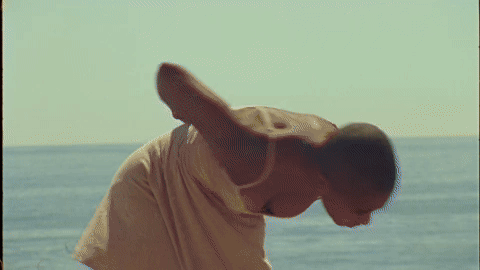
.gif)
.gif)
.gif)
.gif)
.gif)
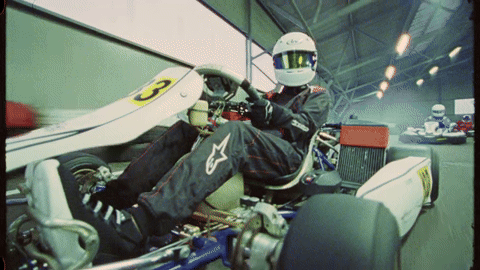
.gif)
.gif)
.gif)
.gif)
.gif)
.gif)
.gif)
.gif)
